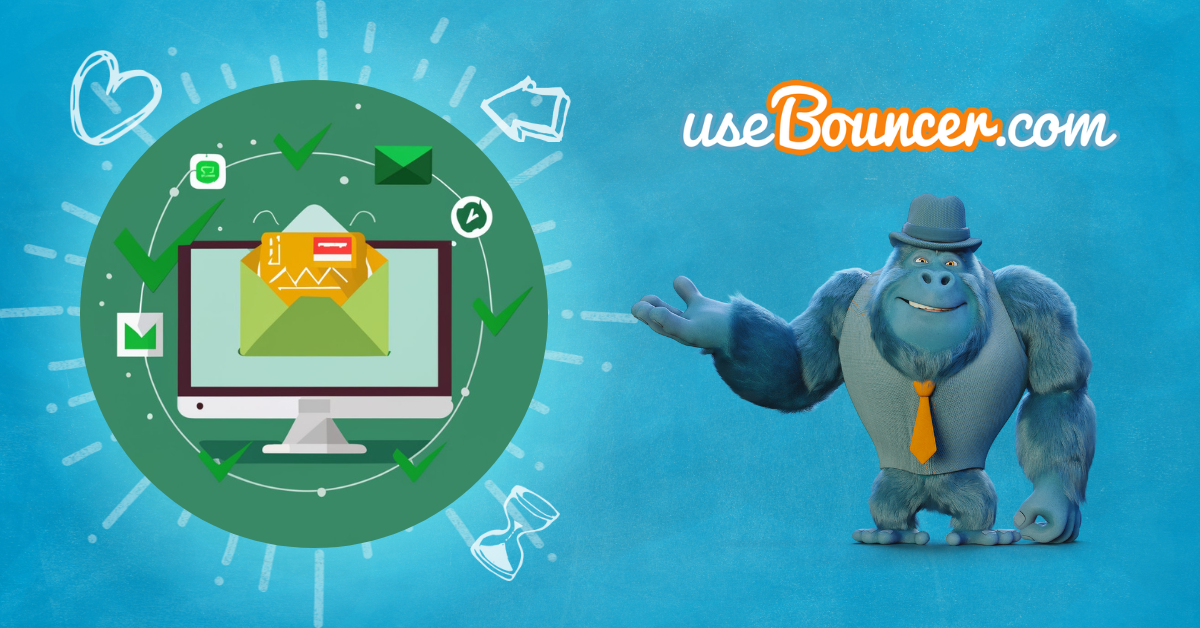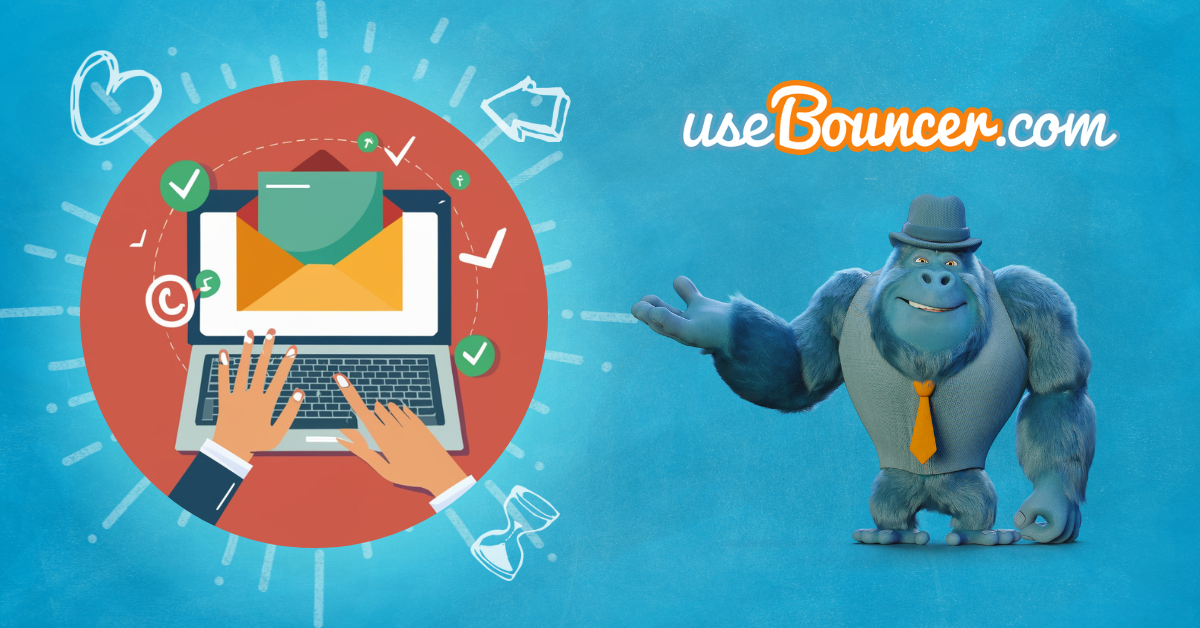Transactional emails are gaining traction among online businesses. But they’re much more than thank-you messages to your clients. Besides building loyalty, email services present opportunities to increase sales.
Transactional messages are a specific type of email that is necessary for email communication: confirmation email, password reset email, abandoned cart emails, notification emails and others. While they seem like a boring type of email content, they’re actually pivotal for proper customer relationships.
Here is what transactional emails are and how to make them work for your customer experience.

What is a transactional email?
Before getting down to the nitty-gritty, it’s important to understand what is a transactional email. As the name suggests, a transactional email notifies users of an app or website transaction. Since the customer has already interacted with your product or service, you don’t need client consent to send it.
There is a lot of email marketing software that helps you automate these emails so they flow naturally along the customer journey.
What’s more, transactional emails demand automation because their success depends on delivery speed. That’s why some people call them triggered or automated messages. Moreover, the email has personalized information connected to the user’s actions.
Here are some transactional email examples:
- cart abandonment emails
- emails with shipping details
- double opt-in emails
- invoice emails
- delivery confirmation emails
- password reset emails
- feedback request emails
And many, many others.
Transactional vs. Promotional Messages
Although both types of emails market your products, a transactional email differs from promotional alternatives. For starters, transactional email services target individual recipients after completing transactions.
Conversely, promotional messages focus on many contacts. That’s because transactional emails serve specific purposes, while promotional emails aim at increasing sales and customer loyalty.
As such, marketing emails end with calls to action persuading you to make a purchase, install an application, create an account, or submit a form. Though a transactional email allows you to cross-sell and gather feedback, it lacks direct CTAs.
Another difference is the timeframe. Promotional emails run for specified durations to advertise particular products or make announcements. For example, Black Friday emails differ from Christmas promotions.
On the other hand, a transactional email is part of the business’s daily operations. Promotional emails may grow your company, but their absence doesn’t affect the website functionality.
Types of transactional emails
The next step after knowing the transactional email definition is understanding different categories. They can either be:
Feedback emails
This transactional email seeks client assessments of a brand’s performance. Aside from knowing what clients like, feedback emails reveal areas that need improvement.
The best part is you don’t have to study your competitors since buyers tell you what they want directly. By understanding how customers use your product, this transactional email service presents new growth avenues.
Remember, timing is crucial when it comes to feedback emails and marketing automation. Although you shouldn’t wait too long after a customer receives your item, allow them to enjoy your product before sending the transactional email. You could redirect clients to a landing page for extensive feedback.
Order confirmations
This transactional email is sent to clients after initiating an online purchase to confirm you’ve received the order. The email contains the following components:
- Quantity
- Payment options
- Order number
- Billing and delivery address
- Expected delivery time
- Shipping method and charges
- Price per item
- Shipping confirmations
By proving a transaction’s success, order confirmation emails make buyers feel safe, increasing trust in your brand. They also set the pace for future interactions. Additionally, these messages are perfect for suggesting other items and offering discounts. You can also ask customers to follow you on social media or join your mailing list.
Password resets
They help users create new passwords after forgetting their login credentials. There are several ways to improve password resets. The first one is using short transactional email templates. The user should know the email’s purpose upon receipt.
Though you should provide clear instructions, avoid too many rules and steps in your transactional email. Again, ensure customers recognize the sender by displaying your logo and using clear subject lines. This goes hand in hand with proper encryption methods.
Don’t forget to indicate the reset link’s validity to reduce your support team’s inquiries. Another essential component of password reset testing. Check the emails beforehand to prevent delays and keep them away from spam folders.
Reactivation emails
This transactional email category targets users who interacted with your company without completing a transaction or ended their relationship prematurely. This includes buyers who abandoned their online shopping carts before paying, users who don’t open emails, and those with subscriptions nearing expiry.
Note that inactive subscribers affect IP-address reputation. Transactional email providers dismiss your marketing campaigns if users don’t read your emails. Passive subscribers are also costly; seeing the number of recipients determines email campaign charges. You’re wasting money if your list of contacts has many inactive users.
Although you may persuade some subscribers with the first transactional email, it takes several messages to win over inactive consumers. However, don’t continue engaging passive contacts if they ignore your transactional emails.
Make sure to reengage and purge your contact lists every now and then to ensure better deliver rates and eventually drive sales for your business.
Transactional email best practices
Transactional emails for marketers are not enough. You can adopt the following strategies to increase the performance of your transactional email.
Reply-to addresses
These addresses tell customers you value their feedback. Contrarily, no-reply addresses affect engagement rates, and ultimately, deliverability. While at it, use company names in your transactional email to identify yourself. This also helps clients organize their inboxes.
Using an individual’s name on the transactional email address might offer a personal touch, but your customers might not recognize the sender. Likewise, a monitored mailbox lets you handle client requests on time.
No matter the type of email (e.g. double opt-in password reset request, shipping notifications), the reply-to address should be credible and easy to recognize.
Personalization
Personalizing a transactional email creates trust, especially when selling expensive products. It also lowers unsubscribe rates and makes you stand out in client inboxes. There are several ways to individualize the email. One is using their name.
For instance, you can say “Thank you, John” instead of a plain thank you and provide a better user experience for your email marketing campaigns.
Another way to personalize a transactional email for marketers is by encouraging customer queries. Furthermore, avoid being too promotional. If you must advertise your products, portray them as a solution to your customer’s problems.
Personalized emails usually perform better, even if they have promotional content embedded inside.
Quality before frequency
Although a transactional email is a powerful communication tool, sending too many messages overwhelms the recipient. Apart from unsubscribing from your mailing list, customers could mark the email as spam.
Moreover, avoid exaggerations such as unrealistic discounts and product features in your transactional email. The email should also contain necessary product details like descriptions and shipping estimates.
To keep your customers happy, make sure each marketing message is grounded in reality – otherwise your commercial messages will end up in the spam folder.
Collect only deliverable addresses
Implement real-time email verification from Bouncer into your signup and subscription forms, and make sure that not a single potential lead is lost due to a mistyped email address. A customer who didn’t receive a transactional email with a purchase confirmation, will most definitely be confused, and unhappy and will contact support.
This will not only cause small experience damage but also will increase the support costs, even though it was the customer who mistyped their email. To improve email deliverability, make sure to validate your emails regularly.
Grow your business with transactional emails
Transactional emails appeal to prospects and regular clients alike. You can also combine them with other marketing strategies like attractive web design, SEO article writing, and social media advertising.
One common thing that traditional marketing emails have with transactional email messages is that they should go to legitimate email addresses. This is where Bouncer helps!
With Bouncer, you can remove invalid, outdated, double, misspelled, and all other common types of bad email addresses from your email list. Sign up today and validate your first 100 emails for free!
Thomas Glare is an online marketer and an entrepreneur running several successful eCommerce shops. He started out as a copywriter specializing in email campaigns. He strongly believes that email marketing is one of the most powerful ways for businesses to reach their audience. In his free time, Thomas enjoys contributing articles to various marketing-related blogs. It helps him stay updated about the latest trends in the world of online entrepreneurship.








